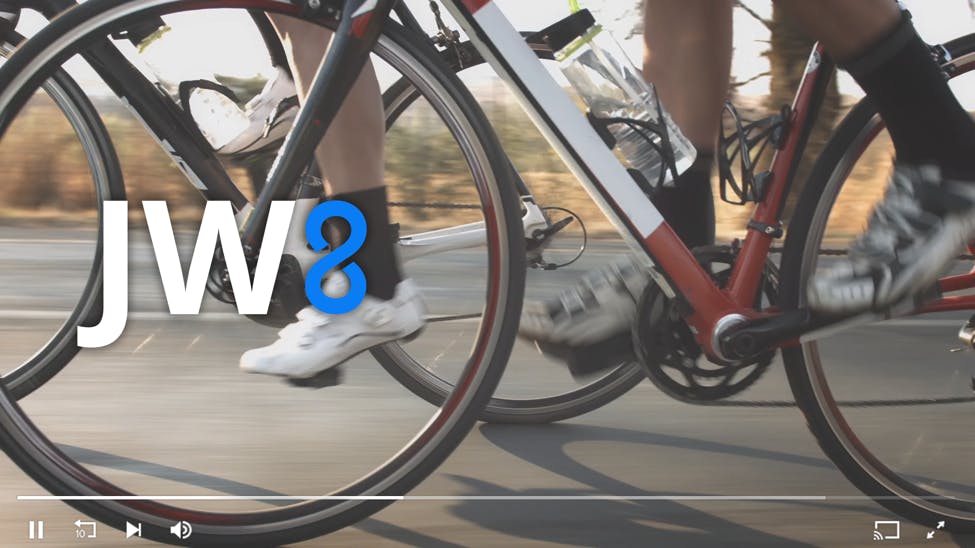
We’re proud to introduce JW Player 8 — our fastest, most flexible, and advanced player yet. This release is the culmination of what we’ve learned about publisher needs and optimal viewing behavior since our last major iteration of JW Player nearly two years ago. The improvements we’ve made center around three themes:
Player speed
User interface customization
Industry-leading support
Leading up to the launch of JW Player 8 this fall, we will highlight each theme in detail in a three-post blog series. Today’s post will focus on how our advancements in speed will improve the viewing experience and increase engagement for your audiences.
The End of Buffering

A universal truth: viewers hate buffering
Did you know? An Akamai study discovered that video abandonment rate increases by 6% for every second of load time beyond two seconds. A separate study on OTT viewership showed that buffering increases negative emotions by 16% and decreases engagement by 20%. These two studies strongly indicate that poor playback is the biggest barrier to publishers achieving more views and higher engagement.
JW8 was built to tackle poor viewing experiences by improving player speed. Our goal is to provide sub-second load times across all devices and browsers so viewers never see a buffering screen. Our performance enhancements pave the way to fast and high quality playback for all viewers at all times, so you never have to worry about your content investments going to waste.
Light as a Feather

JW8 detects the viewer’s rendering environments and loads only the necessary components required for playback. Based on a combination of the media type contained in playlists and the viewer’s browser, we’ve optimized the player to make fewer network requests for the most common use cases of video playback, reducing latency costs associated with setup times.
Not only is JW8 faster on its own, we’ve also taken your entire website into account by engineering a more lightweight player. Imagine the typical website that has video content. These days, websites also load scripts for analytics, ads, and design elements, each one competing as the browser renders the page. The page ends up taking a long time to load, which increases viewer abandonment. Compared to JW7, JW8’s embed script is more than 50% smaller and makes fewer server requests to better interact with the overall composition of modern webpages. By implementing JW8, you can be rest assured that JW Player is actively reducing its footprint to improve your entire website experience.
More Speed with Less Bandwidth
In JW 7.2, we introduced video preloading, enabling JW Player to fetch media data before playback and as soon as the page loads. The feature was particularly useful in assuring videos started as quickly as possible. Now, JW8 improves preloadingso publishers and viewers can enjoy faster playback with reduced bandwidth.
First, JW8’s backend preloading process is smarter about when it occurs and is more precise with how much is preloaded. Second, we’ve also taken steps to optimize bandwidth consumption for publishers that load multiple video players on a single page by only preloading players when they become more than 50% viewable. Finally, JW8 players are set to load metadata by default so playback starts immediately for click-to-play players once playback is initiated. To reiterate, these preloading changes allows the player to be more intelligent to avoid wasting publisher and audience bandwidth while simultaneously improving start times.
We are very excited for you to experience the performance enhancements under the hood of JW Player 8. If you’re interested in taking a test drive, check in on your dashboard on September 6th to take JW8 beta for a spin, or contact us at sales@jwplayer.com.